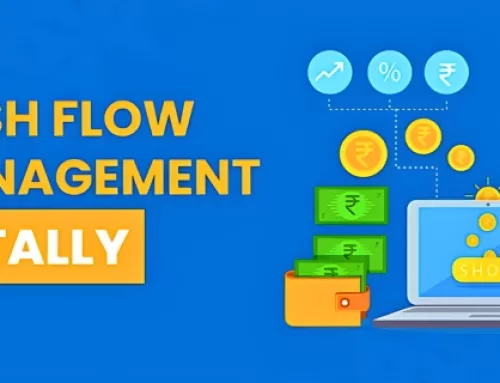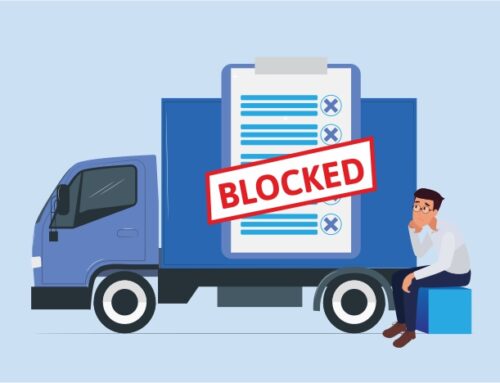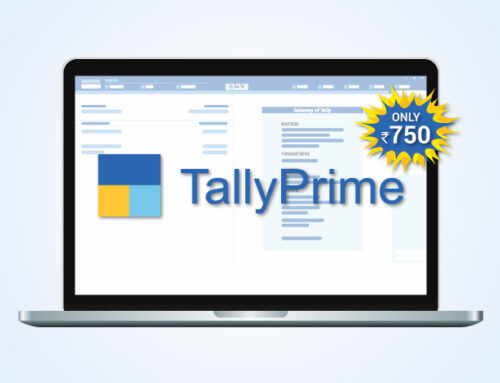E-invoicing is changing the way companies manage their financial transactions. Before you adopt an e-invoicing system, it is important to prepare well to ensure a smooth and compliant implementation.
Familiarize Yourself with Regulatory Requirements
E-invoicing regulations vary from country to country. Research the legal framework in your region and ensure that your system complies with government mandates.
Select the Right E-Invoicing Solution
Choose a system that fits your business requirements. Identify features like automation, integration with existing software, and regulatory compliance.
Train Your Team
Make sure your employees know how to work with the new e-invoicing system. Organize workshops or training sessions to educate them on the process and best practices.
Integrate into Your Current Accounting System
Seamless integration with your accounting or ERP software is important for efficiency. Test the compatibility of your e-invoicing system with existing financial tools.
Data Security and Compliance
E-invoicing involves the exchange of sensitive financial data. Implement robust cybersecurity measures and ensure that your system adheres to data protection laws.
Test and Optimize Before Full Deployment
Conduct pilot runs before going live to detect potential problems. Collect feedback from stakeholders and fine-tune according to performance needs.
Conclusion
Completing these six tasks will help you get ready to go on your e-invoicing journey by streamlining operations, ensuring compliance, and improving efficiency. Proper preparation will lead to a successful transition to an automated invoicing system.






